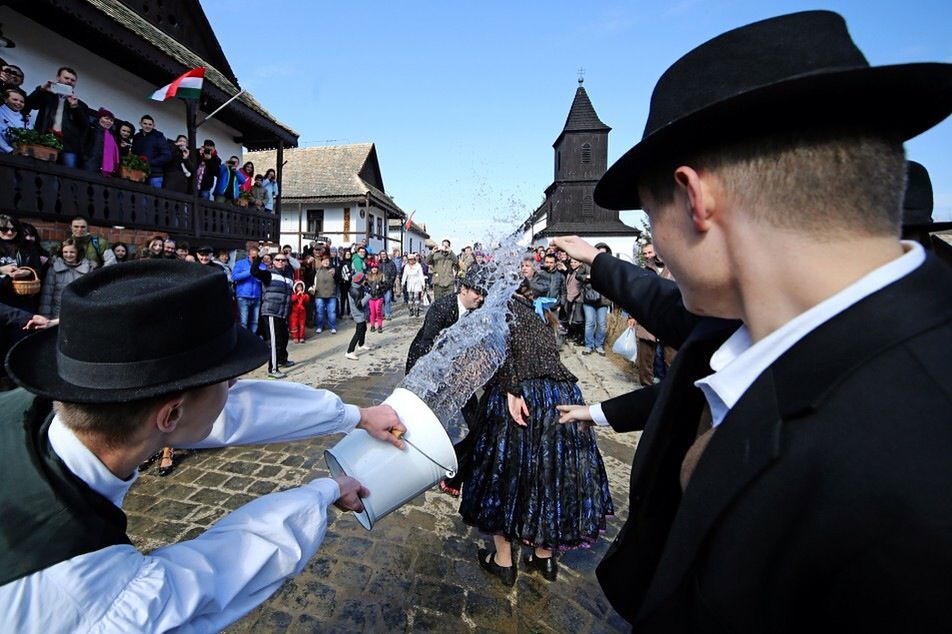Public holidays
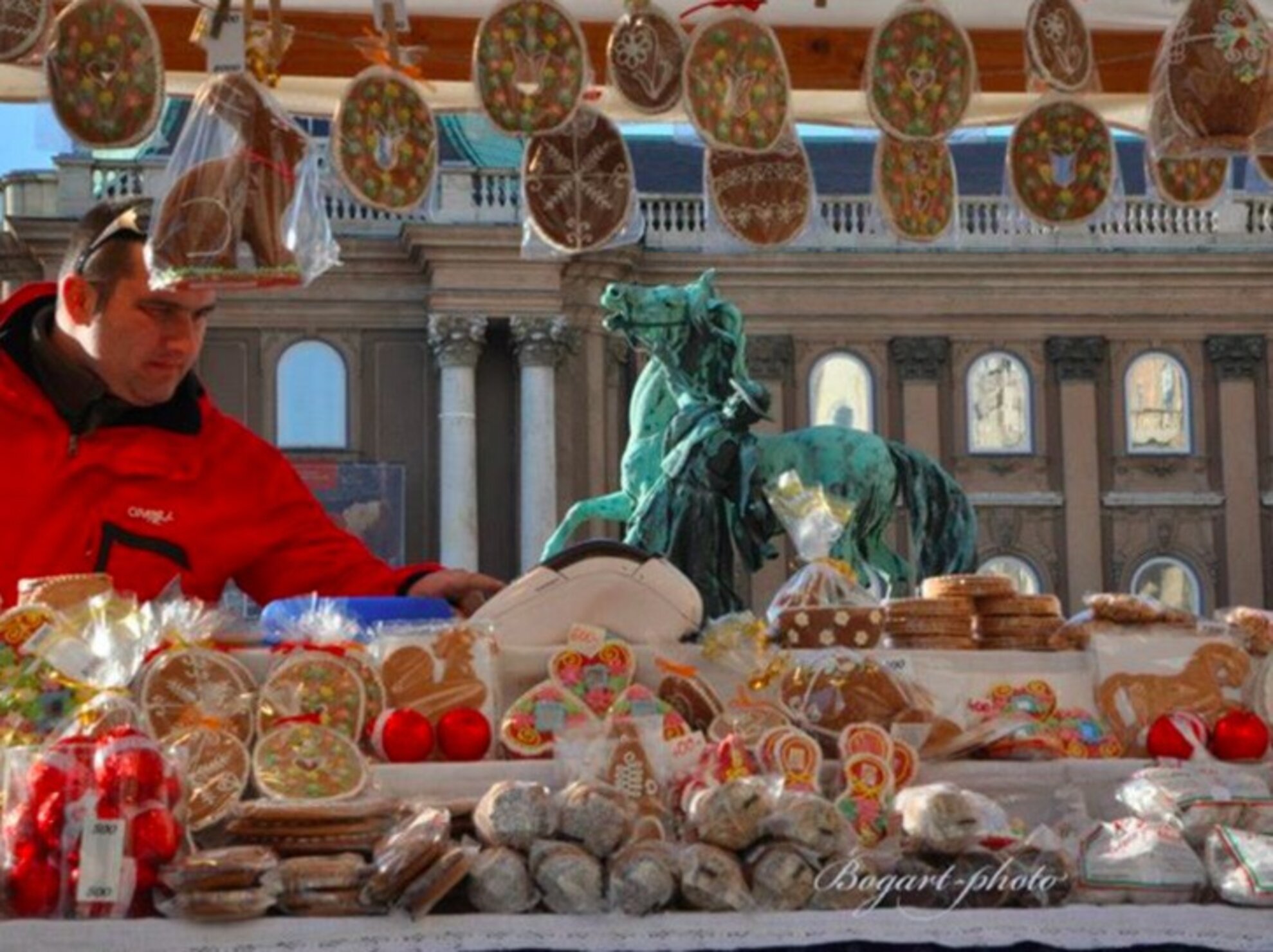
On Good Friday, Easter Sunday and Monday, public transport will run less frequently, largely according to a Sunday timetable. In most years, shops and businesses close, though pandemic regulations mean there will be little difference now compared to most days.
Food
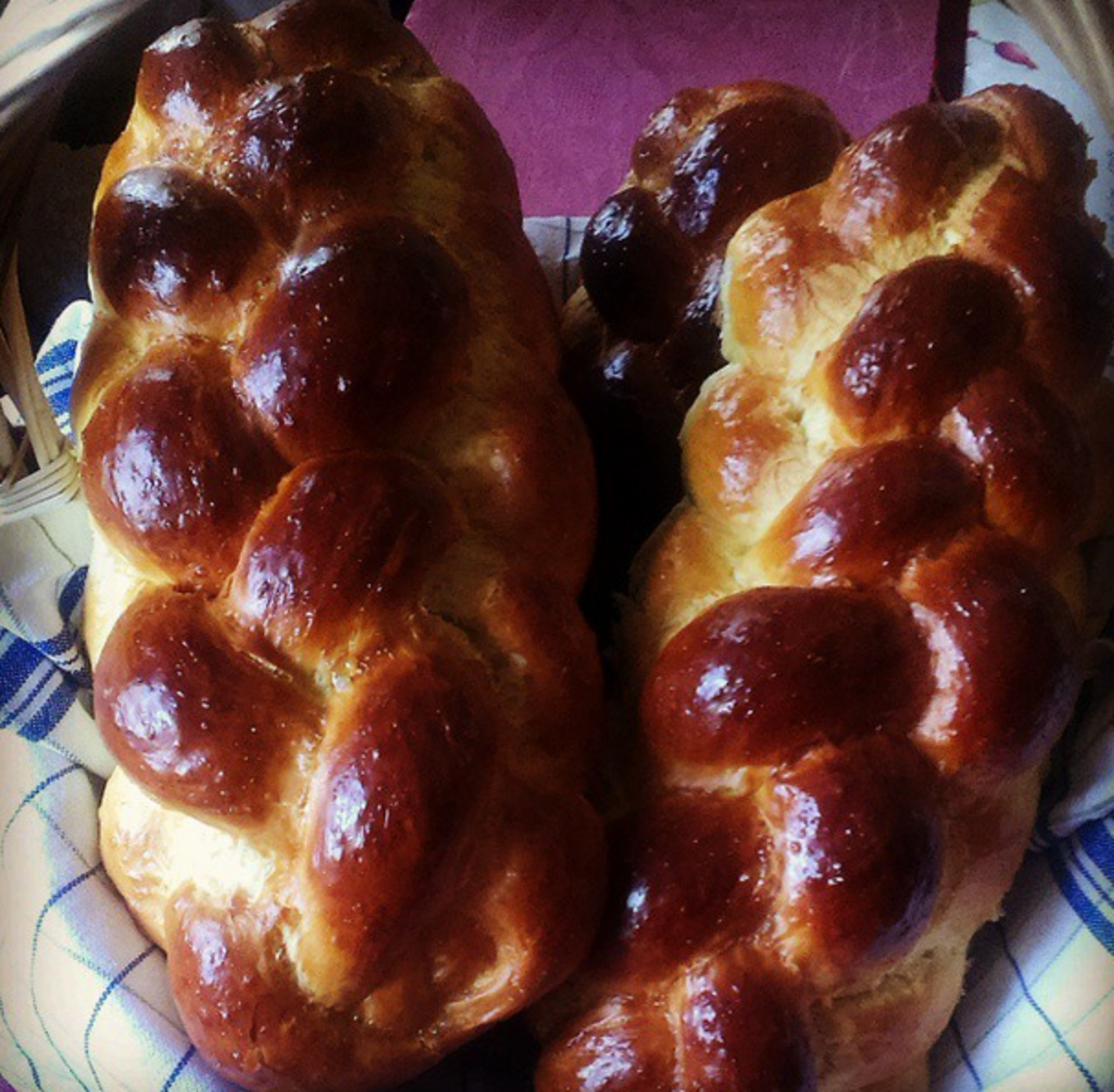
For those following Christian tradition, on Good Friday it's customary to eat fish, while on Easter Sunday it’s meat – particularly exciting if you have been fasting for Lent. Hungarians typically eat ham served with horseradish and boiled eggs on Easter Sunday, while kalács (braided milk loaf) is also served for Easter.
Of course, chocolate eggs are a huge part of the celebrations although this is a more modern element.
Greetings
So how do you say Happy Easter in Hungarian? It's kellemes húsvéti ünnepeket! Say what!? Ok, it's pronounced: kel-lem-esh hoosh-veh-tee oon-nap-ak-at. Now you can show off!
Painted eggs
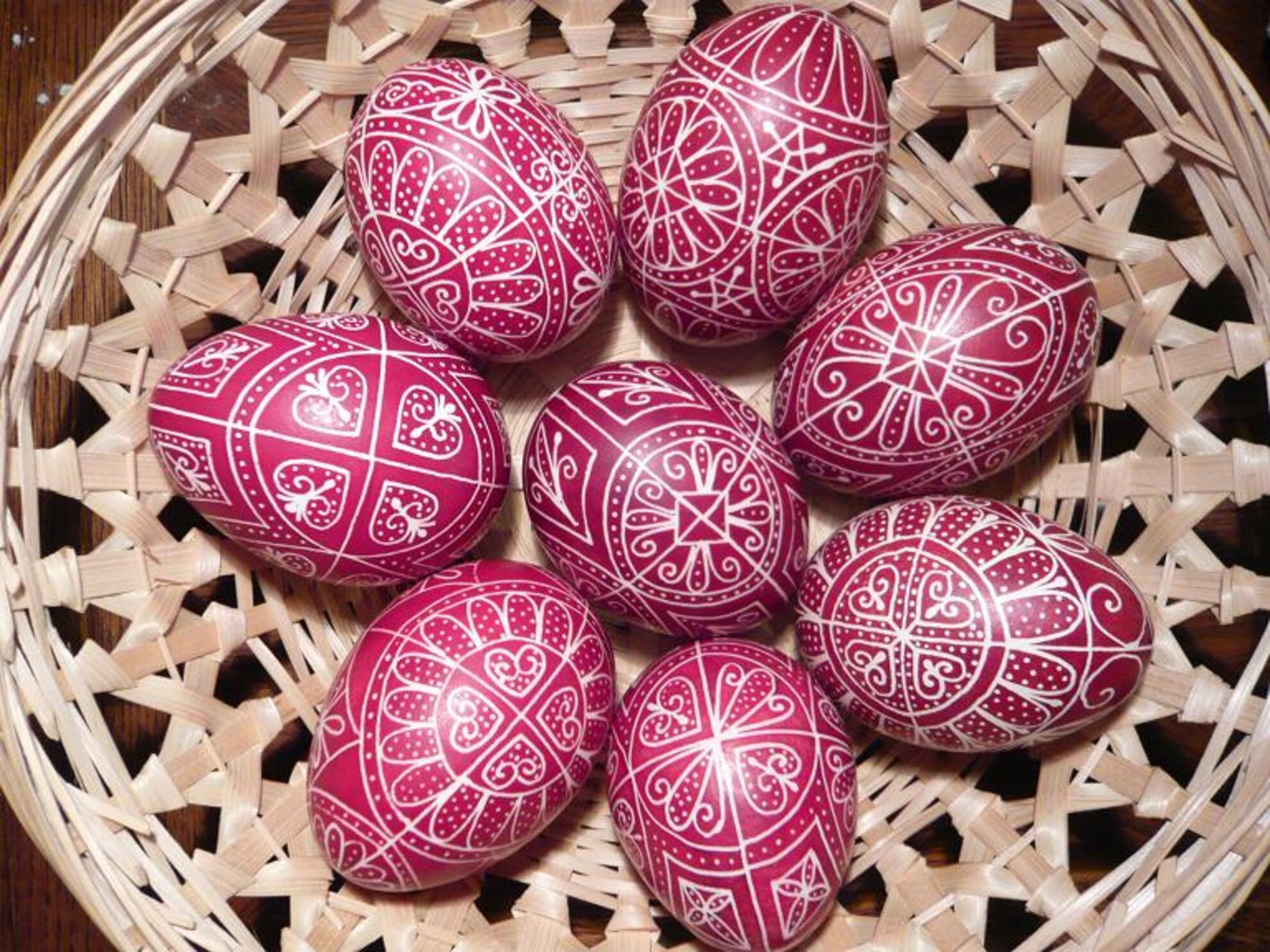
Painted eggs are a prominent part of Easter in Hungary. Within the Christian tradition, eggs were painted red (to symbolise the blood of Jesus), but in recent centuries, this has changed to eggs being dyed many varied colours. The flower motifs that are often incorporated in the decoration reflect the embroidery found on Hungarian heritage folk costumes.
An elaborate technique is employed for the decoration: wax is used to draw the design on the egg, which is then dyed and it is slightly warmed so the wax melts off, leaving the white pattern on the otherwise coloured egg. Before the whole process, the eggs are either hard-boiled or the contents of the egg are blown out of the shell via a small pinhole at the top and bottom so that the decorative items last without the egg rotting within.
An alternative method is to dye the eggs a deeper brown by placing them in water coloured by onion skins. Then the pattern is scratched into the surface with a needle.
Easter Bunny
In modern Hungary, the Easter Bunny brings chocolate eggs for young kids before hiding them around the house or garden, only to be found after an extensive egg hunt. This usually takes place on Easter Sunday or Easter Monday morning.
Locsolkodás
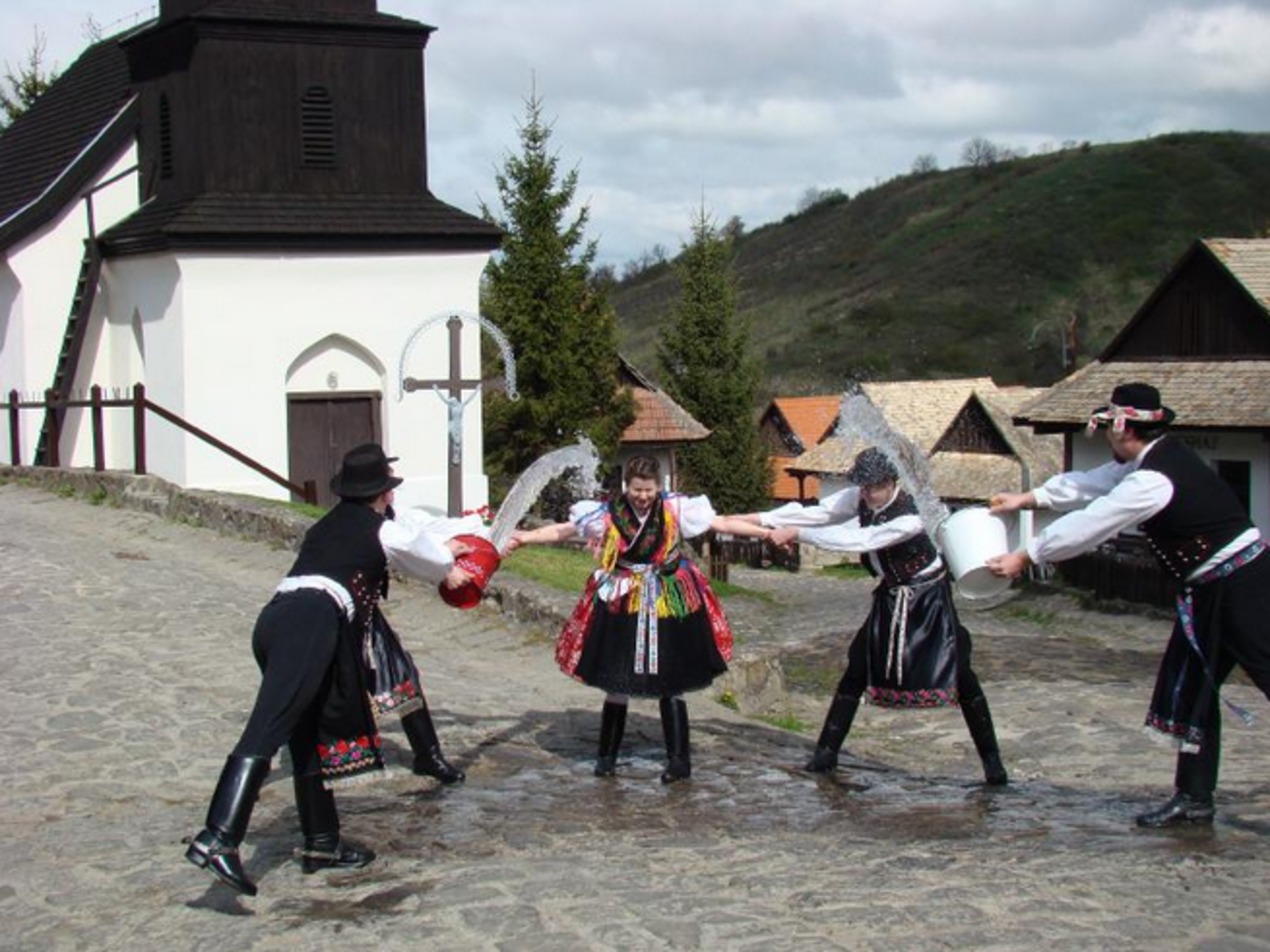
On Easter Monday, the tradition known as locsolkodás involves menfolk reciting a poem to ladies and then sprinkling them with perfume. In extreme cases, the same effect can be achieved with a bucket of cold water.
Traditionally, only young women of marriageable age would be the victims, but this custom (linked to earlier pagan fertility rituals) has since expanded to ladies of all ages – even relatives or colleagues.
In olden days, this gesture was a form of courtship, and young ladies would be delighted to be sprinkled by many potential suitors, but nowadays, it's something fun and goofy to do, leaving women smelling of various cheap perfume by day's end.
While it doesn't quite seem like a fair trade, in return for each sprinkling, the ladies give the men chocolate Easter eggs, specially decorated painted eggs, homemade cakes and one too many shots of pálinka fruit brandy.
So, on Easter Monday in Hungary, the menfolk go from house to house visiting family, friends and sometimes colleagues spritzing a little Eau de Cologne on ladies’ hair, receiving drinks and treats along the way.
